Eye twitching can be both annoying and concerning, especially when it disrupts your daily activities or sleep. While for many it’s a harmless, occasional nuisance, understanding why it happens and knowing how to effectively manage it is crucial. In this comprehensive guide, we’ll dive into the reasons behind eye twitching, discuss when it’s benign, explore what causes it, and share actionable strategies to stop it. Whether you’re searching for quick remedies or long-term prevention methods.
How to Identify When Eye Twitching is Harmless: Understanding Benign Eye Spasms
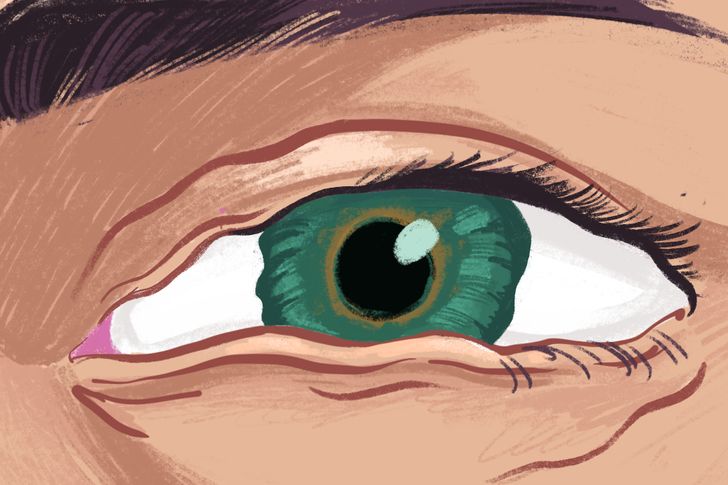
Eye twitching, also known as myokymia, is a common phenomenon that often isn’t a cause for alarm. In many cases, these involuntary spasms are temporary and resolve on their own. Here are some key points to help you determine when your eye twitch is harmless:
1. Duration and Frequency
Most benign eye twitches last only a few seconds to a few minutes and occur sporadically. If your twitching is brief and infrequent, it’s likely harmless. Persistent or long-lasting twitching, however, may require further evaluation.
2. Lack of Additional Symptoms
Benign eye twitching is usually isolated to the eyelid with no accompanying pain, vision changes, or other neurological symptoms. If you notice other issues such as drooping eyelids, double vision, or facial spasms, it might be time to consult a medical professional.
3. Stress and Fatigue Factors
Often, eye twitching is related to stress, fatigue, or caffeine intake. Recognizing that these factors can trigger temporary spasms helps in understanding that, in many cases, the twitching is not a sign of a serious medical condition.
4. Medical Expert Insights
Experts suggest that if your eye twitching is not accompanied by other neurological signs, it’s most likely benign. For more detailed information on recognizing benign eye spasms, resources like Healthline provide valuable insights and guidelines.
By understanding these indicators, you can differentiate between harmless eye twitching and signs that warrant further investigation. Recognizing that occasional eye spasms are a common response to everyday stressors can help reduce anxiety and prompt more effective management.
Causes of Eye Twitching and Preventative Measures: What Triggers Eye Spasms and How to Avoid Them
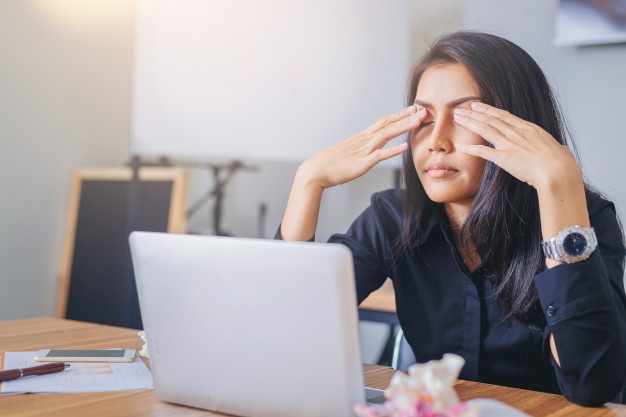
Eye twitching can be triggered by a variety of factors, and pinpointing the exact cause is key to effective prevention. Here, we explore some of the most common culprits and the preventative measures you can take to minimize your risk of developing persistent eye twitches.
1. Stress and Anxiety
High stress levels are one of the most common causes of eye twitching. When you’re under stress, your body produces stress hormones like cortisol, which can trigger muscle spasms in various parts of your body, including the eyelids. Adopting stress management techniques—such as meditation, yoga, or deep breathing exercises—can significantly reduce the frequency and intensity of eye twitches.
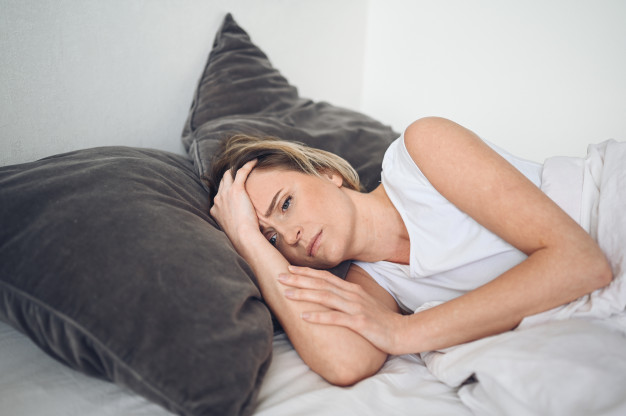
2. Lack of Sleep and Fatigue
Sleep deprivation is another major contributor to eye twitching. When your body doesn’t get enough rest, the muscles around your eyes can become fatigued, leading to spasms. Prioritizing quality sleep by maintaining a consistent sleep schedule and creating a sleep-friendly environment can help prevent twitching. For sleep improvement tips, check out the sleep resources available on Mayo Clinic.
3. Caffeine and Alcohol Consumption
Overconsumption of caffeine or alcohol can overstimulate the nervous system, making your muscles more prone to involuntary contractions. Reducing your intake of these substances or switching to alternatives like herbal teas can alleviate the symptoms of eye twitching. Moderation is key to preventing overstimulation of your eye muscles.

4. Digital Eye Strain
In today’s digital age, spending long hours in front of screens can lead to digital eye strain, which often manifests as eye twitching. To reduce the risk of digital eye strain, follow the 20-20-20 rule: every 20 minutes, look at something 20 feet away for at least 20 seconds. This practice gives your eyes a much-needed break and helps prevent fatigue.
5. Nutritional Deficiencies
Deficiencies in certain nutrients, such as magnesium, can contribute to muscle spasms, including those in the eye. Incorporating magnesium-rich foods like leafy greens, nuts, and whole grains into your diet—or considering a magnesium supplement—may help reduce twitching. Always consult with a healthcare provider before starting any new supplement regimen.

6. Allergies and Irritants
Allergic reactions or exposure to irritants like dust, smoke, or strong perfumes can cause your eyes to twitch as a protective reflex. Managing allergies with antihistamines and keeping your environment clean can help mitigate these triggers.
7. Underlying Medical Conditions
In rare cases, eye twitching may be associated with underlying neurological conditions such as blepharospasm or hemifacial spasm. If your twitching is persistent, worsens over time, or is accompanied by other symptoms, it is essential to seek medical advice for a proper diagnosis and treatment plan.
By understanding the various factors that trigger eye twitching, you can implement lifestyle changes and preventative measures to minimize its occurrence. Embracing healthy habits such as stress management, adequate sleep, balanced nutrition, and moderated caffeine intake not only improves your eye health but also contributes to your overall well-being.
Effective Strategies to Stop Eye Twitching: Remedies and Medical Treatments
When eye twitching becomes disruptive, there are several effective strategies and treatments you can explore to alleviate the symptoms. From simple home remedies to medical interventions, here are some tried-and-tested methods to stop an eye twitch when it’s happening.
1. Home Remedies and Self-Care Techniques
For most people, eye twitching is a temporary condition that can be managed with simple home remedies:
- Warm Compresses: Applying a warm compress to your eyes can relax the muscles and improve blood circulation, which may help reduce twitching.
- Cold Compresses: Conversely, a cold compress can reduce inflammation and numb the twitching area, providing temporary relief.
- Gentle Massage: Massaging the area around your eyes with clean fingers can ease tension in the muscles. Use gentle, circular motions to avoid further irritation.
- Hydration and Diet: Staying well-hydrated and consuming a balanced diet rich in essential nutrients can help prevent muscle spasms. Consider incorporating foods high in magnesium and potassium.
- Eye Exercises: Simple eye exercises, such as blinking rapidly or shifting your gaze, can help relax strained eye muscles.
These home remedies are typically effective for managing occasional eye twitching. However, if the problem persists, you might need to explore further treatment options.
2. Over-the-Counter Treatments
There are over-the-counter eye drops and lubricants available that can alleviate dry eyes—a common trigger for twitching. These products can help soothe irritation and reduce muscle spasms. If you suspect that dry eyes are contributing to your twitching, consider trying a reputable brand and follow the usage instructions carefully.
3. Prescription Medications and Treatments
In cases where eye twitching is severe or linked to an underlying neurological condition, medical intervention may be necessary. A healthcare provider might recommend prescription medications, such as muscle relaxants or botulinum toxin (Botox) injections, which can help reduce the frequency and severity of the spasms. Botox injections, in particular, are a well-known treatment for chronic eye twitching conditions like blepharospasm, and their effectiveness is well-documented in medical literature.
Before pursuing any prescription treatment, it’s important to consult with a neurologist or ophthalmologist who can assess your condition and recommend the most appropriate course of action. For more detailed information on medical treatments for eye twitching, the WebMD resource is a useful reference.
4. Lifestyle Modifications and Long-Term Solutions
Addressing the root causes of eye twitching often involves making sustainable lifestyle changes. Incorporate the following practices into your daily routine to help prevent future episodes:
- Reduce Stress: Engage in regular stress-reducing activities like yoga, meditation, or even short walks. Consistent practice of these techniques can lower stress hormone levels and decrease muscle tension.
- Establish a Sleep Routine: Prioritize good sleep hygiene by maintaining a regular sleep schedule, creating a comfortable sleep environment, and avoiding screens before bedtime.
- Limit Caffeine Intake: Monitor and reduce your consumption of caffeinated beverages. Switching to decaffeinated options or herbal teas can make a significant difference.
- Regular Eye Breaks: If you work long hours at a computer, schedule regular breaks to rest your eyes and reduce digital strain.
Implementing these long-term lifestyle modifications not only helps to stop eye twitching but also promotes overall physical and mental health.
5. When to Seek Professional Help
While most eye twitching is harmless and resolves on its own, there are situations where professional help is warranted:
- If the twitching persists for several weeks without improvement.
- If the twitching spreads to other parts of your face.
- If you experience additional symptoms such as pain, vision changes, or facial drooping.
A visit to your healthcare provider can help determine if there is an underlying condition that requires treatment. For those seeking further evaluation, Mayo Clinic offers comprehensive information on when to consult a doctor regarding eye health concerns.
Additional Tips for Maintaining Eye Health and Reducing Twitching
Beyond addressing eye twitching directly, adopting broader eye health practices can have a lasting impact on reducing the frequency and severity of spasms. Consider the following additional tips:
- Regular Eye Exams: Schedule annual eye exams to monitor your vision and detect potential issues early on. Regular check-ups are essential for maintaining overall eye health.
- Ergonomic Workspaces: Ensure your workspace is set up to minimize strain on your eyes and neck. Adjust your monitor height and lighting conditions to reduce eye fatigue.
- Blue Light Filters: Consider using blue light filters on digital devices to decrease eye strain during prolonged screen time.
- Stay Active: Regular physical exercise improves blood circulation, including in the eye area, and helps manage stress levels.
- Balanced Diet: Eating a diet rich in antioxidants, vitamins A and C, and omega-3 fatty acids supports overall eye health and reduces inflammation.
These strategies not only contribute to preventing eye twitching but also support long-term vision health and overall well-being.
Conclusion: Taking Control of Your Eye Health
Eye twitching is a common issue that can be both annoying and, at times, worrisome. However, by understanding the causes, recognizing the signs of benign spasms, and implementing effective remedies, you can take control of your eye health. Whether it’s through simple home remedies, lifestyle changes, or professional medical treatments, there are multiple avenues available to help you stop eye twitching and prevent future occurrences.
By reducing stress, ensuring adequate sleep, moderating caffeine intake, and taking proactive steps to manage digital eye strain, you not only alleviate the symptoms of eye twitching but also enhance your overall quality of life. Remember that while most eye twitches are harmless, persistent or severe symptoms warrant professional advice. Utilizing trusted resources like Healthline and WebMD can provide additional insights and help you make informed decisions about your health.
In today’s fast-paced world, where digital screens and stressful schedules are commonplace, prioritizing eye health is more important than ever. Embrace these practical strategies and take a proactive approach to maintaining your vision. With the right balance of self-care and professional guidance, you can effectively manage eye twitching and enjoy better, clearer vision for years to come.

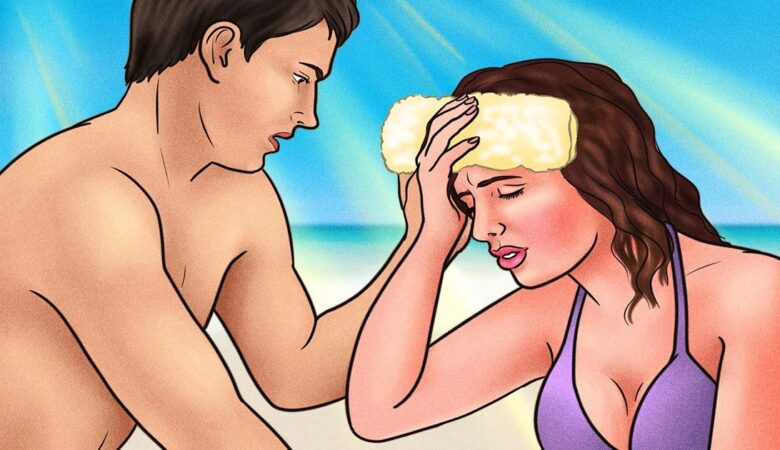

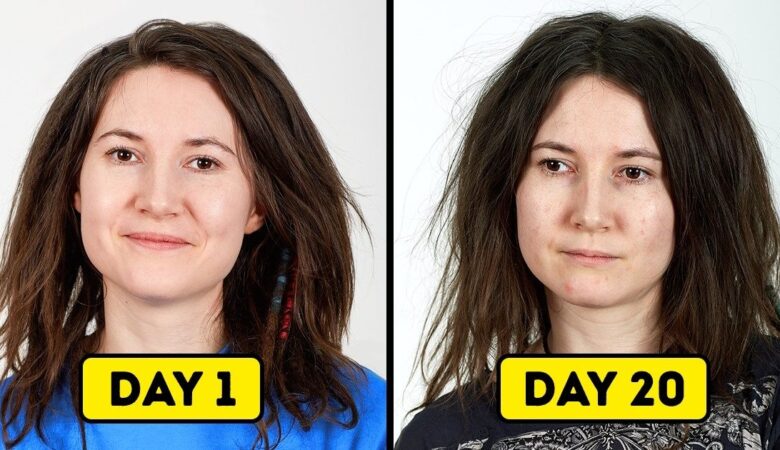
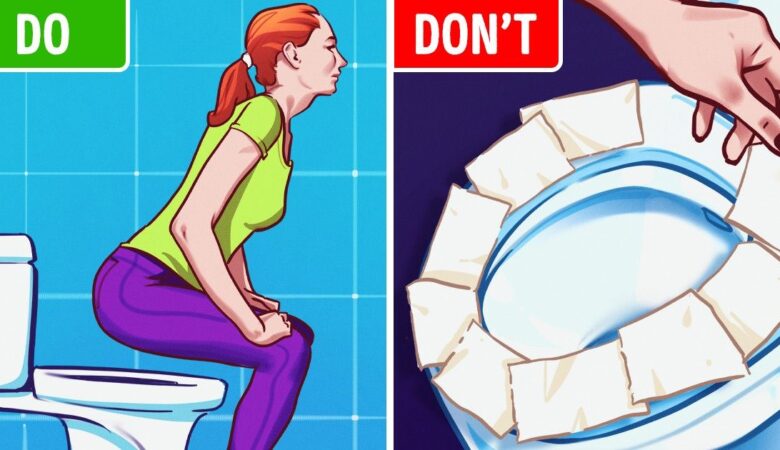



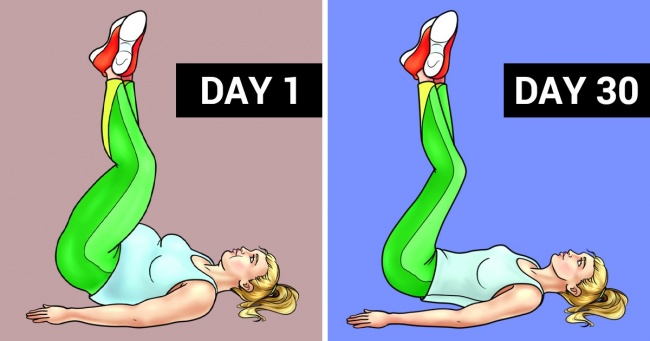
Leave a Reply